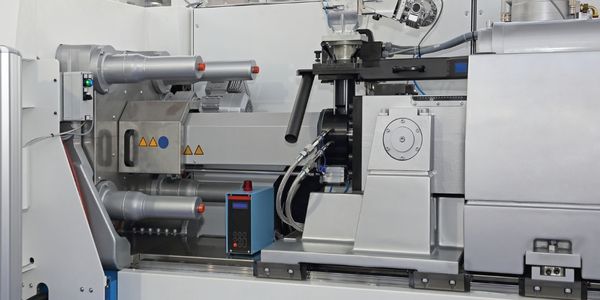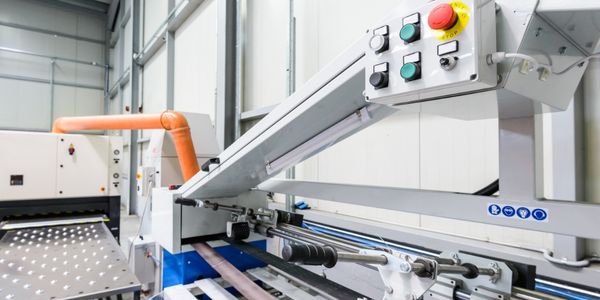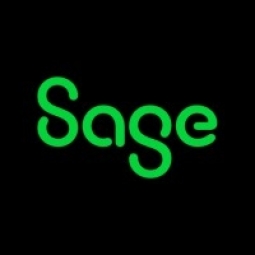Customer Company Size
SME
Region
- America
Country
- Canada
Product
- Sage 500 ERP
Tech Stack
- Windows-based ERP system
- Radio frequency bar-coding system
Implementation Scale
- Enterprise-wide Deployment
Impact Metrics
- Productivity Improvements
- Cost Savings
Technology Category
- Functional Applications - Enterprise Resource Planning Systems (ERP)
Applicable Functions
- Discrete Manufacturing
- Sales & Marketing
Use Cases
- Manufacturing System Automation
- Inventory Management
Services
- System Integration
About The Customer
T&J Furniture Manufacturing Ltd. is a family-owned furniture manufacturing company based in Ontario, Canada. The company has been in operation for over 20 years and has evolved into a strong international competitor. T&J Furniture's Visions Elite line of solid wood furniture includes bedroom collections, entertainment units, formal dining, master suites, and armoires, crafted of fine North American woods like oak, pine, ash, cherry, maple, and alder. The company uses high-tech manufacturing processes at its plant in southern Ontario and distributes its products through independent and chain retail stores throughout North America and the rest of the world. T&J Furniture models have received acclaim in Canadian Woodworking Magazine, and the company won a Canadian Home Furnishing Award in 2003.
The Challenge
T&J Furniture Manufacturing Ltd., a family-owned furniture manufacturing company based in Ontario, Canada, was facing challenges with its original UNIX-based accounting package. The company had outgrown this system, resulting in data integrity issues and difficulty in accessing information. The standalone systems used for manufacturing and distribution were not Windows®-based, making data integration difficult. Field representatives did not have easy access to order information, making it challenging to answer customer queries. The company decided it was time to update its business systems to match its high-tech manufacturing processes.
The Solution
T&J Furniture chose to implement Sage 500 ERP, a Windows-based system that offered the combination of speed, data integrity, and seamless connections between all divisions of the company. The system manages everything from order entry to accounts payable and converts foreign currency into Canadian dollars for speedy centralization of data. It also integrates seamlessly with the existing radio frequency bar-coding system in the warehouse and the legacy shipping system. Another significant benefit of Sage 500 ERP has been the ability to generate consolidated financial reports, pulling all of T&J's financial data together for strategic management. The system has streamlined both receivables and payables at T&J, saving about one day of work a week.
Operational Impact
Quantitative Benefit

Case Study missing?
Start adding your own!
Register with your work email and create a new case study profile for your business.
Related Case Studies.

Case Study
Plastic Spoons Case study: Injection Moulding
In order to meet customer expectations by supplying a wide variety of packaging units, from 36 to 1000 spoons per package, a new production and packaging line needed to be built. DeSter wanted to achieve higher production capacity, lower cycle time and a high degree of operator friendliness with this new production line.

Case Study
Robot Saves Money and Time for US Custom Molding Company
Injection Technology (Itech) is a custom molder for a variety of clients that require precision plastic parts for such products as electric meter covers, dental appliance cases and spools. With 95 employees operating 23 molding machines in a 30,000 square foot plant, Itech wanted to reduce man hours and increase efficiency.

Case Study
Hospital Inventory Management
The hospital supply chain team is responsible for ensuring that the right medical supplies are readily available to clinicians when and where needed, and to do so in the most efficient manner possible. However, many of the systems and processes in use at the cancer center for supply chain management were not best suited to support these goals. Barcoding technology, a commonly used method for inventory management of medical supplies, is labor intensive, time consuming, does not provide real-time visibility into inventory levels and can be prone to error. Consequently, the lack of accurate and real-time visibility into inventory levels across multiple supply rooms in multiple hospital facilities creates additional inefficiency in the system causing over-ordering, hoarding, and wasted supplies. Other sources of waste and cost were also identified as candidates for improvement. Existing systems and processes did not provide adequate security for high-cost inventory within the hospital, which was another driver of cost. A lack of visibility into expiration dates for supplies resulted in supplies being wasted due to past expiry dates. Storage of supplies was also a key consideration given the location of the cancer center’s facilities in a dense urban setting, where space is always at a premium. In order to address the challenges outlined above, the hospital sought a solution that would provide real-time inventory information with high levels of accuracy, reduce the level of manual effort required and enable data driven decision making to ensure that the right supplies were readily available to clinicians in the right location at the right time.

Case Study
Fully Automated Visual Inspection System
Tofflon has developed a fully automatic machine that uses light to inspect vials, medicine bottles, or infusion containers for glass fragments, aluminum particles, rubber grains, hairs, fibers, or other contaminants. It also detects damaged containers with cracks or inclusions (microscopic imperfections), automatically removing faulty or contaminated products. In order to cover all production processes for freeze-dried pharmaceuticals, Tofflon needed to create an open, consistent, and module-based automation concept.

Case Study
SAP Leonardo Enabling Rocket Science
At times, ULA has as many as 15 different operating systems dedicated to overlapping processes, such as rocket design, testing, and launch. Multiple systems created unnecessary costs and unwanted confusion among workers at offices, factories, and launch sites in different location. In order to improve collaboration and transparency during vital activities that directly influence mission success, ULA wanted to improve data sharing and streamline manufacturing processes.








